Last updated on April 14th, 2023
Bangladesh is a remarkable South Asian country filled with many waterways and lush greenery. Its fertile plains, including Meghna, Padma, and Jamuna, and the famous river delta dot its landscape. Officially known as the People’s Republic of Bangladesh, this country’s capital city is found in Dhaka, and the major language spoken here is Bengali/Bangla. There are many interesting facts about Bangladesh, and so what makes this country stand out? From its culture, geography, natural resources, and history, this country with a diverse profile, and here are 100 facts about Bangladesh.
1. Independence
Bangladesh attained its independence in 1971. This was after a nine-month war with Pakistan. With India backing Bangladesh, the country was able to free itself on 26th March from Pakistan with the guidance of Sheikh Mujibur Rahman.
2. National anthem
Its national anthem is “My Golden Bengal,” and was written in 1905 by Rabindranath Tagore. Its modern instrumental rendition was rearranged by Samar Das.
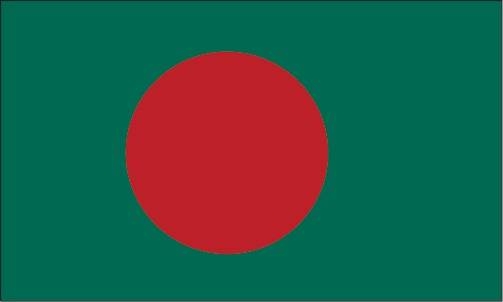
3. Its flag
The country has a dark green flag similar to that of Pakistan but with a red circle placed slightly off its center to represent the country’s bloodshed while fighting for independence. The dark green color symbolizes the country’s rich vegetation and the Islamic faith.
4. First president
The first president was Sheikh Mujibur Rahman, and his vice was Syed Nazrul Islam. Tajuddin Ahmad was the first prime minister. Zia was the country’s first female prime minister, and she was sworn in in 1991.
5. Government
The current government system involves the prime minister as the head of state. Elections are held every five years, and a president can only serve a maximum of two terms.
6. GDP
Its GDP was USD 350 Billion in 2021, and this figure is projected to reach around USD 400 Billion in 2022. Its GDP is still higher than that of Pakistan.
Bangladesh on map
7. Bordering countries
Bangladesh shares land borders with Myanmar and India. China, Bhutan, and Nepal do not have land borders with Bangladesh but they are near it.
8. The people
Almost 90% of the population is of the Muslim faith. The second most popular religion is Hinduism, with around 9%, and the remaining 1% is for other religions such as Christianity and Buddhism.
9. Justice
The legal system is based on common law. The supreme court is responsible for interpreting parliament laws and can declare them null and void. Additionally, the Supreme Court can also enforce the citizens’ fundamental rights. British rulers previously developed their legal system during their colonial rule in this continent.
10. In the past
Before 1700, this southern Asia country was ruled by different leaders, including Muslim, Hindu, and Buddhist dynasties. This ended when the British colonialists established their rule in this region. Note that the British army defeated the Nawab Siraj-ud-Dwola in 1757, and this marked the onset of their 190 years of colonial reign.
11. Difficult times
This is one of the countries in the world that has undergone several military coups, and two of them resulted in the assassination of the then head of state. The first military coup happened in November 1975, with the most recent in 2011. Bangladesh was also under military rule for almost 15 years before the country’s democracy was restored in 1990.
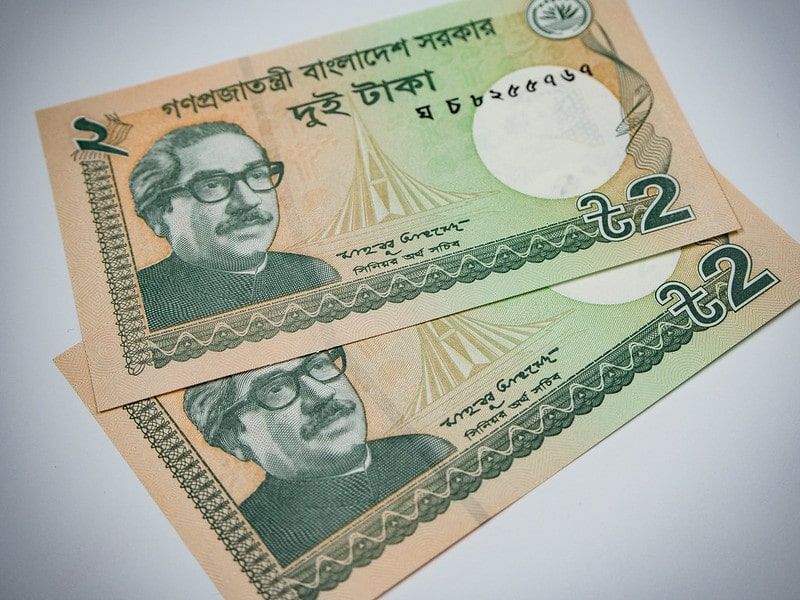
12. Currency
Its currency is known as Bangladesh Taka, with an ISO code of BDT. Taka is a Sanskrit term from tanka, and it was used in ancient times to designate the silver coin. If you have friends here, you can use the +880 international dialing code.
13. Densely populated
Dhaka is among the top 5 worlds most densely populated cities with 7 million. Data reports indicated 29,029 people per square kilometre in this city in 2020.
Bangladesh is the most populous and largest of the 10 most densely populated countries in the world.
14. Since time immemorial
Mahasthangarh is the oldest city. The old archaeological site has a history that dates back to around 300 BCE.
15. Rural vs Urban population
The majority of the natives live in rural areas. In 2020, it was estimated that almost 61.8% of the population resided in rural areas. On the other hand, almost 38.2 percent were estimated to live in urban areas for the same period. The rural population is mainly agricultural-based, and it’s estimated that almost 50% of this country’s workforce is employed by the agricultural sector directly. Note that more than 50 million people in this country live below the poverty line. This amount is equivalent to around 30% of the population. The main reasons for poverty are overpopulation, political instability, and corruption.
16. Industries
It has a varied industry, including wheat, tea, rice, and beef industries. Additionally, it has a cotton textile and garments industry. This country normally exports jute goods, frozen fish, garments, and seafood.
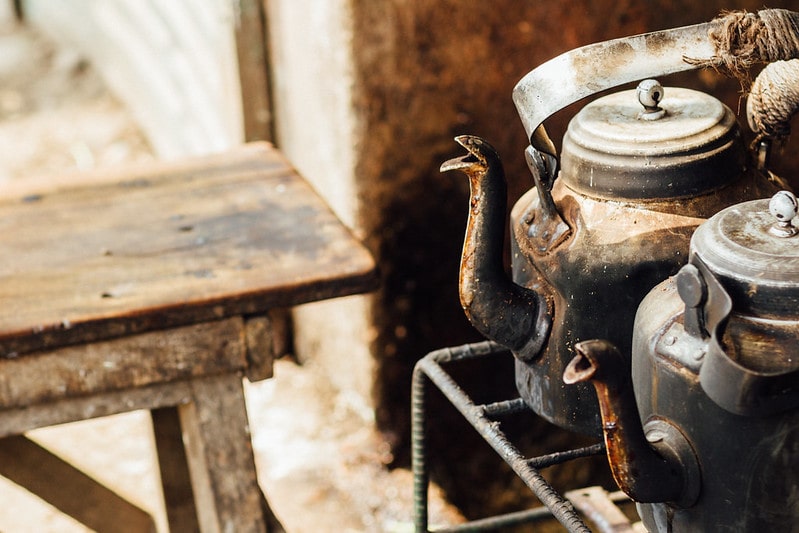
17. Tea is the life-line
Bangladesh is a renowned tea-producing country, and it’s rated among the top 10 largest tea producers globally. The country’s tea industry can be traced back to British rule- during this period; the East India Company conducted tea trade in the Sylhet region. It’s estimated that around 3% of global tea is from Bangladesh.
18. Corruption is a challenge
Corruption is a continuing problem in this country. According to a report by Transparency International in 2020, Bangladesh ranked 26th out of 180 countries in the Corruption Perception Index. The public sector and government are known to be heavily corrupt.
19. Eating habits
There is a significant gap between the wealthy and the poor. Note that Bangladesh is one of the countries in the world with a high vegetarian population. Reports by the Telegraph indicate that each Bangladeshi average consumes four kilos of meat annually. This is a massive contrast because one person in the US consumes an average of 120 kilos annually-thus, the US is rated as one of the most meat-hungry countries in the world.
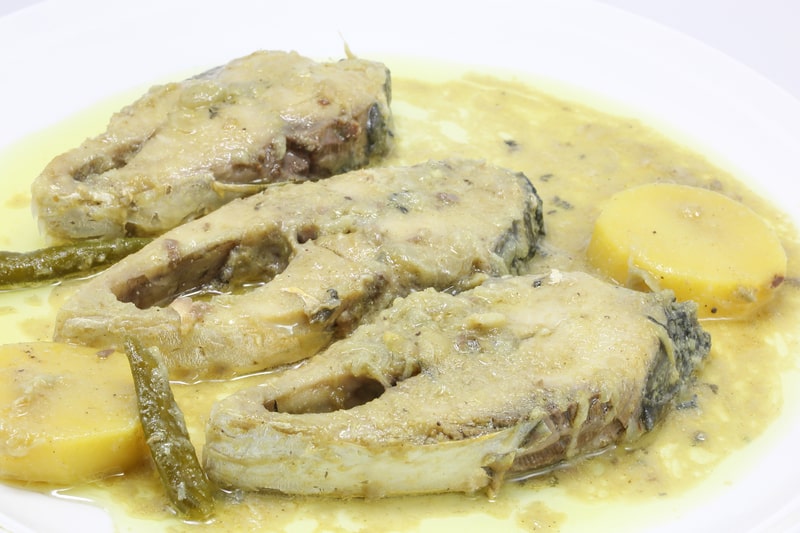
20. The national dish
The national dish is Hilsha Fish Curry- Hilsha is a fish species related to herring. Other common dishes include Rice, curry, lentil, and fish. This country is also famous for its delicious desserts, where you will find a wide range of rice cakes, sweets, and rice puddings. Alternatively, the other desserts are made from ingredients, including cow milk.
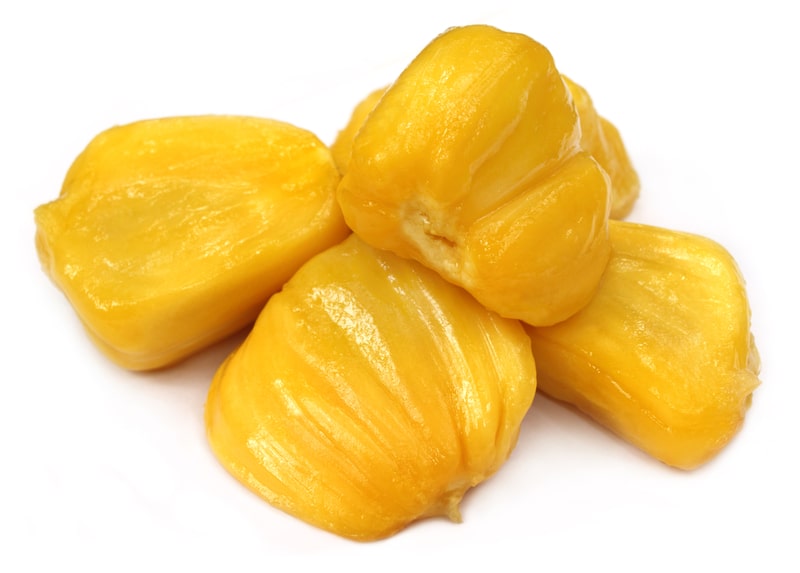
21. The national fruit
Jackfruit is the national fruit native to parts of southeast and south Asia. This fruit is widely cultivated in Bangladesh’s tropical regions. Banana is the most popular and common fruit. Nearly everyone loves it, and it’s available in several varieties, including Agniswar, Shabri, and Kabri.
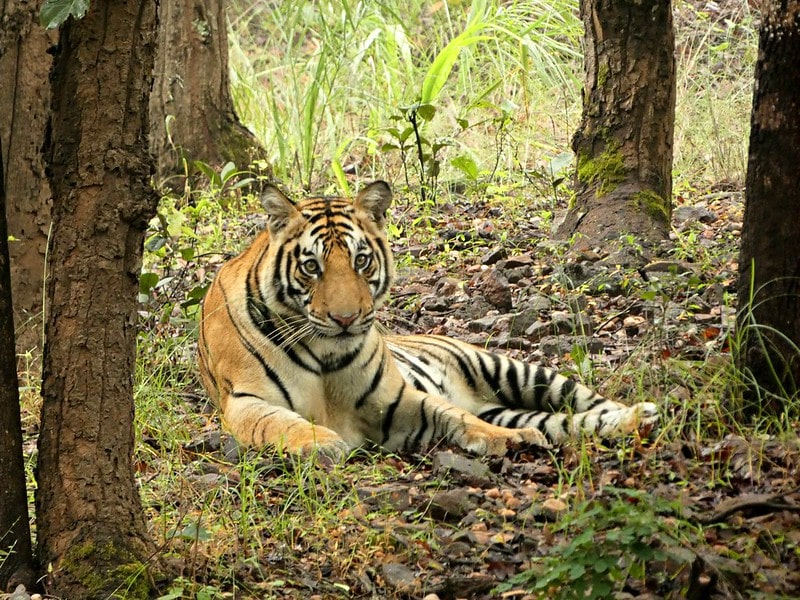
22. The national animal
The national animal is the Royal Bengal Tiger. It was selected for its majestic physical profile with a roar that can be audible up to 3 km away. However, it should be noted that the royal Bengal tiger is now an endangered species. The most common animal found here is the Brahman cattle of Indian origin.
23. One of the least obese countries
The rich vegetarian diet also means that this is one of the least obese countries globally. It’s the 2nd country in the world after Vietnam with the least level of adult obesity.
24. Media
Bangladesh has a privately owned, outspoken, and diverse media. There are over 1000 newspapers.
25. Talent
This country has many skilled freelancers. This number has spiked in recent years, especially in the IT industry, including programmers and web developers. They are getting more global attention due to their skilled expertise and low costs. Their expertise makes them qualified to offer freelancing services to western countries.
26. An attempt to steal
It had the biggest central bank money heist in 2016. This is one of the most notable heists in its history, as the hackers attempted to steal around US$ 1 billion through the SWIFT network.
27. The language
The country’s mother tongue is Bangla, and there have been several heroic sacrifices in the history of this country to preserve its official language.
28. Beautiful mosques
It has stunning religious architecture, and that’s why Dhaka is known as the “city of mosques.” This is because it has many beautiful mosques in town, including the Chawk Mosque, Saat Masjid, and the Baitul Mukarram National Mosque.
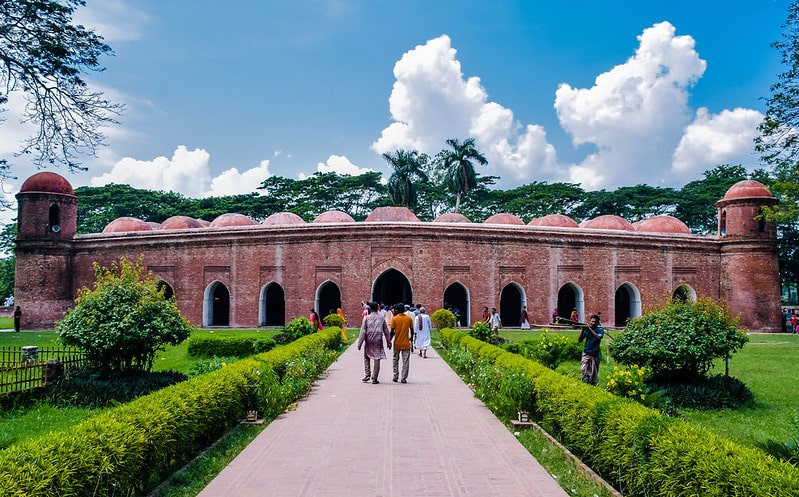
29. The Sixty Dome Mosque
The Sixty Dome Mosque was affirmed by UNESCO as a world heritage site in 1985. This is the largest mosque in Bangladesh from the Sultanate period.
30. Building the infrastructure
Khan Jahan Ali is a celebrated icon in this country who was responsible for bringing most infrastructural systems in this country to life. He oversaw the construction of many roads, bridges, and mosques.
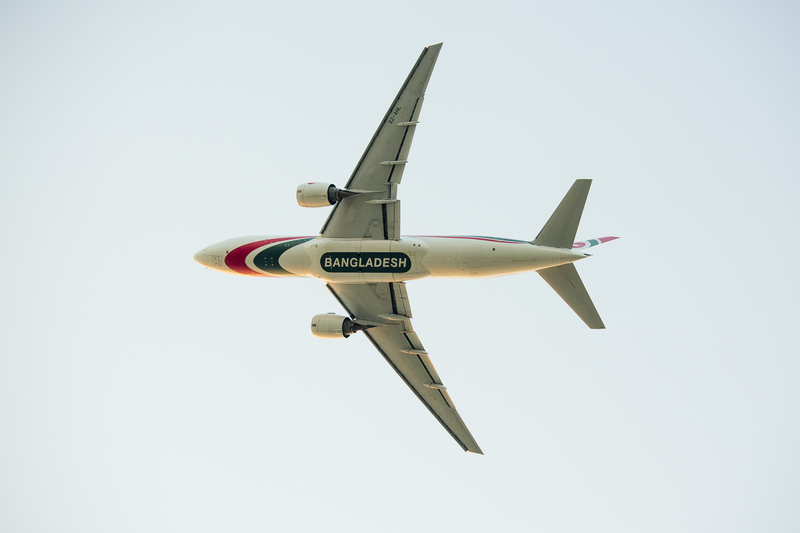
31. Airports
It has around 15 airports, one large airport, eight medium airports, and six small airports. The country only has three international airports.
32. Its largely flat
This is a largely flat country with a low-lying landscape. As a result, it is frequently subjected to annual flooding, especially when the snow melts from the Himalayas. Bangladesh’s landscape consists of 67% of arable land, forests and woodland account for 16%, while meadows and pastures account for 4% of the land.
33. Flooding is an issue
Most of the country’s heritage has been destroyed by the damp climate and frequent floods. However, it has many historical and archaeological sites with a history dating back to around the 3rd century BC.
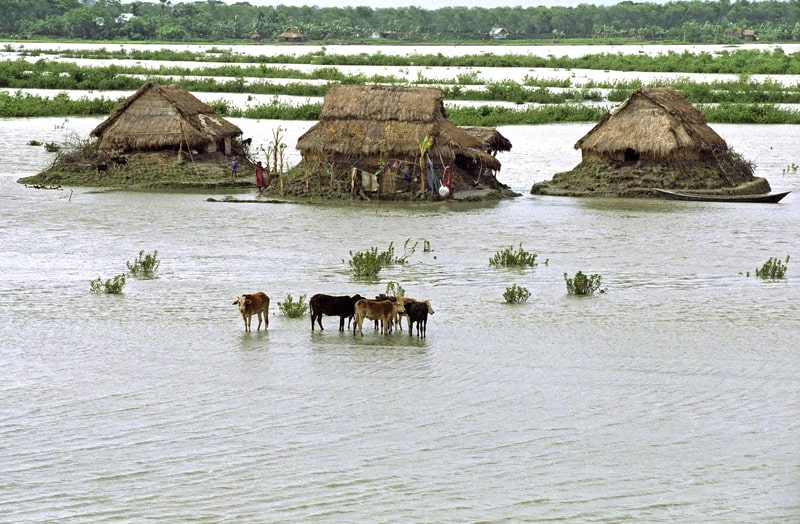
34. Devastations
While this country has experienced several natural disasters, the 1970 Bhola Cyclone is considered one of the worst in the history of Bangladesh. It’s estimated that between 300,000 and 500,000 lives were lost. This makes it one of the worst tropical cyclones in the world.
35. Highest peak
Saka Haphong is Bangladesh’s highest peak, with an elevation of 1,052 m. Its found in the Bangladesh-Myanmar border.
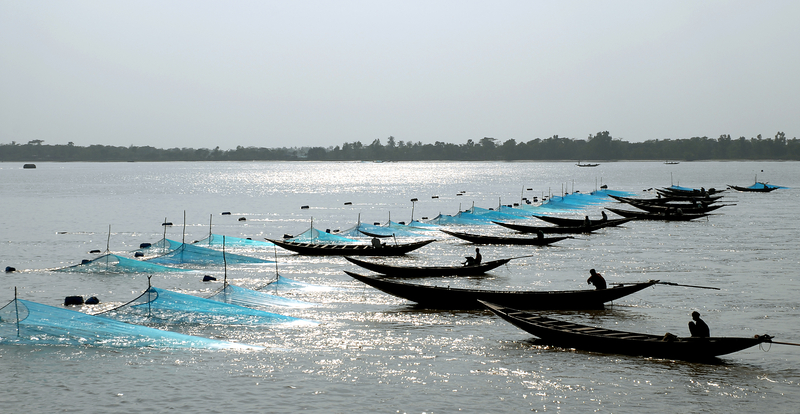
36. Rivers are in plenty
There are over 700 rivers found here, with the most scenic ones including Meghna, Jamuna, and the Padma.
37. The most populous and largest delta system
The Ganges- Brahmaputra-Meghna form the most populous and largest delta system globally. It has more than 8,000 km of inland waterways. Its catchment area is shared among five countries Bangladesh, Nepal, China, India, and Bhutan.
Unfortunately, its widespread river delta is a victim of climate change and has been disappearing.
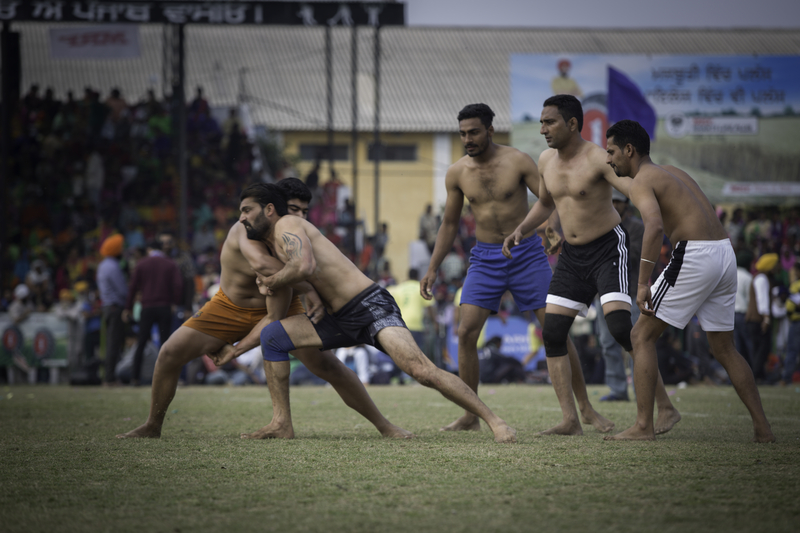
38. The national game
The national game is Kabbadi – a contact team sport with seven players on each side. However, cricket and football are the most popular sports, and the country has risen to become one of the most popular cricket teams globally.
39. The right hand rule
Which hand should you use while here? Well, you should always shake hands or pass things with your right hand. Using your left hand is generally considered rude.
40. Smile
The locals seldom smile, not because they are generally unfriendly, but it’s considered a sign of immaturity if you smile too much.
41. Seasons
This country is known as the “playground of seasons” since it has six seasons: summer, autumn, winter, spring, late autumn, and monsoon. Each season is ideal for different lifestyles, festivals, crops, and fruits.
42. Festivals
It has two main religious festivals, eid-ul-azha, and eid-ul fitr, observed after Ramadan.
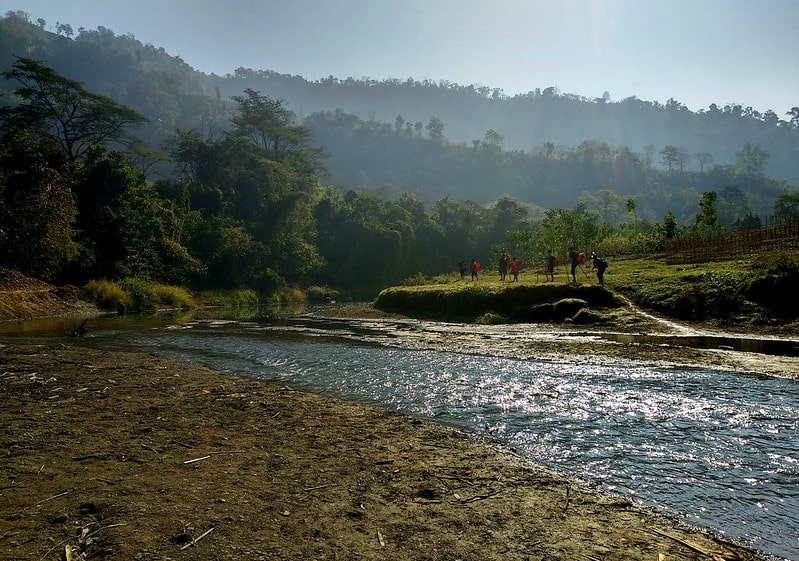
43. Forest cover
Reports by the U.N FAO indicate that 11.1% of Bangladesh or ( 1,442, 000 ha) is forested. Out of this number, almost 30% is categorized as primary forest.
This country has four main types of forests: sal forest, hill forest, mangrove forest, and mangrove plantation.
The touristic forests consist of different ecosystems that are worth exploration. This country has the biggest tidal halophytic mangrove forest in a single block known as the Sundarbans. Note that the Sundarbans are home to a wide range of wildlife habitats, including monkeys, boars, crocodiles, and jungle foals.
The Sundarbans earn almost 41% of its total revenue and are responsible for almost 45% of fuelwood and timber are used in Bangladesh. Besides that, Sundarbans habitats host 46% reptiles, 45% mammals, 36% amphibians, and 42% birds found in this country.
44. Beaches
The Bazar beach, which lies on the coastal plains, is the longest natural sea beach globally. It covers almost 75 miles. This is also the most touristic area in the country, including Saint Martin Island.
45. Education
To cater to the increasing student population, 53 public universities are government-funded. Dhaka University is the top-ranking, followed by the Bangladesh University of Engineering and Technology and Rajshahi University in the 2nd and 3rd place. There are over 100 private universities, with BRAC university taking the top spot.
46. International fame
Finally, Bangladesh is home to renowned thinkers. It’s known to have some of the best philosophers, sages, innovators, and authors in modern times. Some of the notable thinkers from this country include Mohammad Yunus- a social activist, Syed Mujtaba Ali, and the literary giant Kazi Nazrul Islam.
47. Part of the Next 11
Bangladesh is among the Next 11 countries. These countries (Bangladesh, Egypt, Indonesia, Iran, Mexico, Nigeria, Pakistan, Philippines, South Korea, Turkey and Vietnam) are likely to become economic superpowers in the coming decades.
48. Nobel Peace Prize Winners
Muhammad Yunus, a Bangladeshi, got the 2006 Noble Peace Prize for promoting social and economic development from below. Rabindranath Tagore, another Bangladeshi, was the first non-European to earn the Noble Prize in Literature.
49. Position in South Asia
In South Asia, Bangladesh is the country with the highest level of gender equality. It ranks third in South Asia in peacefulness and life expectancy.
50. Strategic & Vital Location
Bangladesh is strategically located between Eastern, Southern, and Southeast Asia. That makes it a vital promoter of regional connectivity.
51. United Nations
Bangladesh is a member of the United Nations (UN). It is one of the largest contributors of UN peacekeeping forces. This country is also a member of the Non Aligned Movements and the Commonwealth of Nations among other organizations.
52. International Declarations
Bangladesh conforms to a number of international declarations. They include Millennium Development Goals (MDGs) and Education for All (EFA). According to Bangladesh’s constitution, there is free basic education for children between 6 years and 10 years.
53. UN General Assembly President
In 1986, Humayun Rashid Choudhury, a Bangladeshi, became the president of the UN General Assembly. Before that, he was a Bengali career diplomat.
54. South Asian Association of Regional Cooperation (SAARC)
Bangladesh is a founding member of SAARC. The purpose of this organization is to promote cultural and economic growth in South Asia.
55. Developing 8 Countries
Bangladesh is one of the countries that founded the Developing 8. This is an organization of eight Muslim majority economies. The other seven countries are Egypt, Indonesia, Iran, Malaysia, Nigeria, Pakistan, and Turkey.
56. Organization of Islamic Cooperation (OIC)
Bangladesh is a Muslim majority country. It joined the OIC in 1973. In the past, Bangladesh hosted the Summit of OIC Foreign Ministers.
57. History
Bangladesh was formerly East Pakistan, a province in Pakistan. Breakaway from Pakistan happened in 1971 after which there was military rule until 1990 when there was restoration of democracy.
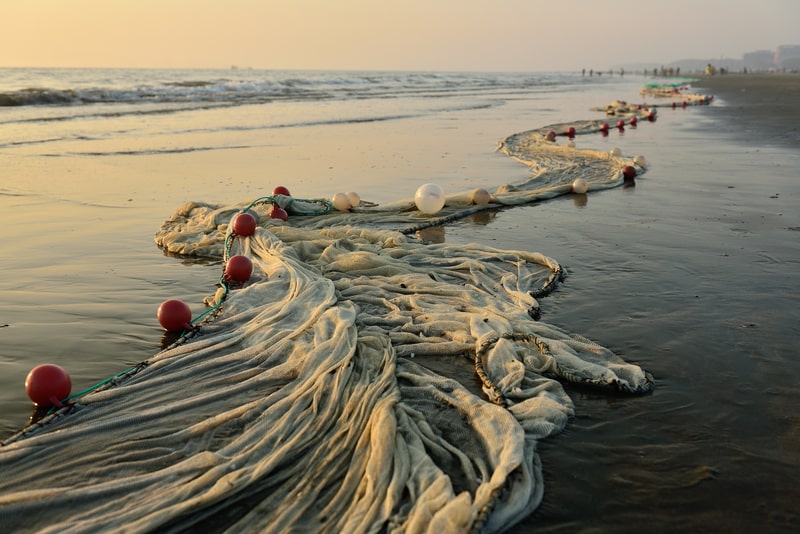
58. Longest Unbroken Sea Beach (120 km)
This is the Cox’s Bazar Beach. It is in Bangladesh.
59. Natural Calamities
Bangladesh frequently faces natural calamities including tornadoes, cyclones, and floods. The country is also suffering from the effects of soil erosion and deforestation. The most severe flooding in modern world history occurred in Bangladesh in 1988.
60. Climate Change
Bangladesh is one of those countries that are vulnerable to climate change. Rising sea levels are likely to create climate refugees in Bangladesh.
. . . continue reading on the next page
